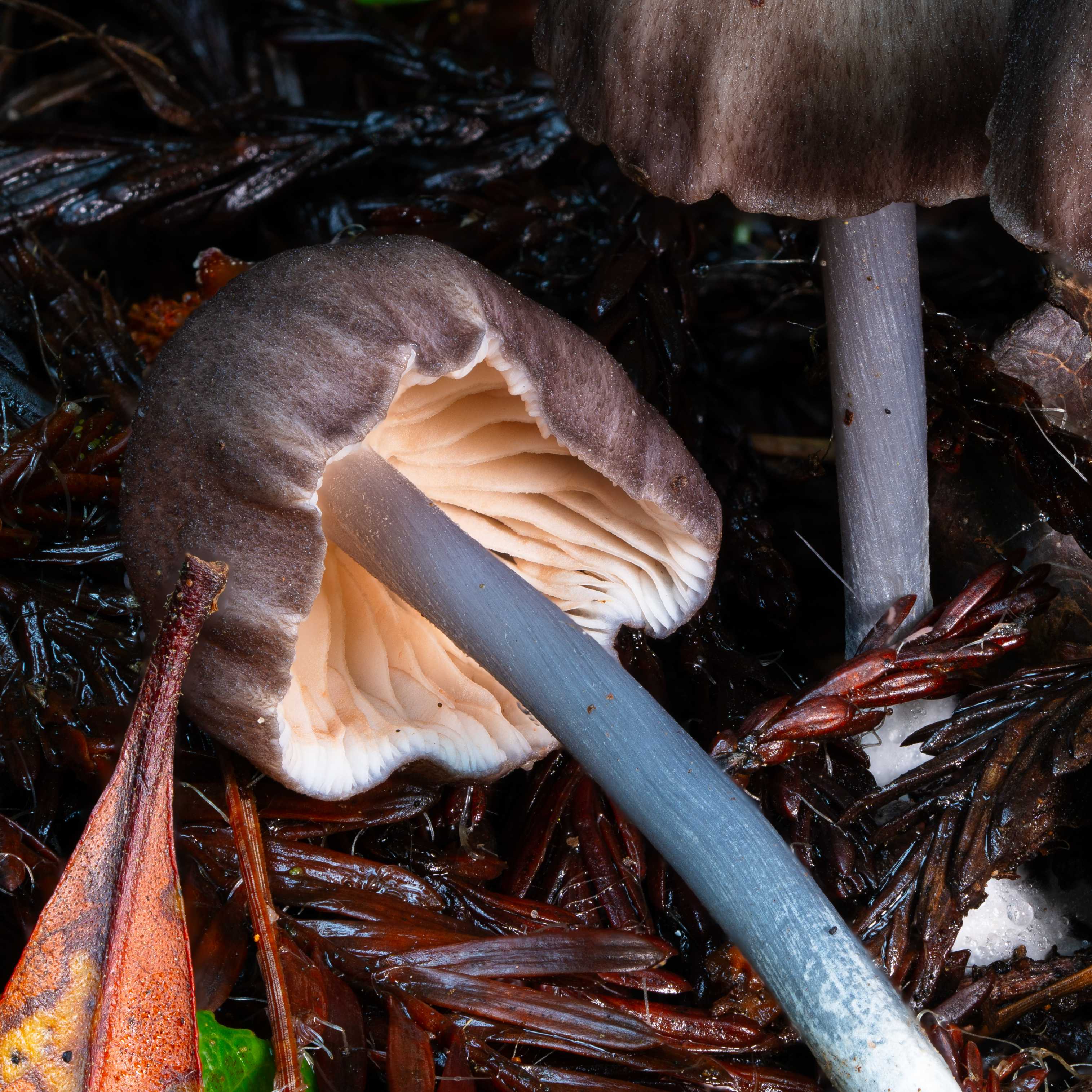May 16, 2025
Modified Common Fungal DNA Extraction Buffer
Forked from Extract-N-Amp Equivalent DNA Extraction Protocol
- 1Mycota Lab;
- 2The Hoosier Mushroom Society;
- 3FUNDIS

Protocol Citation: Stephen Douglas Russell, Harte Singer 2025. Modified Common Fungal DNA Extraction Buffer. protocols.io https://dx.doi.org/10.17504/protocols.io.14egnyq8pv5d/v1
License: This is an open access protocol distributed under the terms of the Creative Commons Attribution License, which permits unrestricted use, distribution, and reproduction in any medium, provided the original author and source are credited
Protocol status: Working
We use this protocol and it's working
Created: May 15, 2025
Last Modified: May 16, 2025
Protocol Integer ID: 218375
Keywords: dna extraction, extract-n-amp, fungi, mushrooms
Abstract
This is a modified version of an extraction buffer that is widely used for fungal DNA extraction. It works very well. The high pH and EDTA will protect DNA from nuclease activity, even at room temperature for long periods of time. It is inexpensive and uses common reagents to make. A short example method is provided. Here is another protocol that is used by the Fungal Diversity Survey. dx.doi.org/10.17504/protocols.io.e6nvw1y59lmk/v2
Materials
Extraction Solution (ES)
3% BSA Solution
Equipment & Consumables
Up front equipment costs - $270.00
Initial reagent costs - $316
~$586 for first 50,000 extractions. $0.0117/extraction
Ongoing costs are primarily the Tris stock and Vacuum flasks.
Create the Extraction Solution
Create the Extraction Solution
In a laminar flow cabinet or other very clean space add approximately 350 mL of molecular-grade water into a very clean vessel capable of holding 500 mL with reasonably accurate volume gradations on the side. I reuse empty molecular-grade water bottles that have only been opened in a laminar flow cabinet for this purpose. You can probably use a glass flask or bottle if it is acid-washed and autoclaved.
Add 50 mL of 1 M Tris Buffer pH 8.0 I use a brand-new sterile, DNA free 50mL conical tube for this. You can re-use this tube to measure tris for other buffers.
Add9.3 g of KCl (ACS or Reagent Grade) and dissolve by swirling the closed bottle.
Add 10 mL of 0.5 M EDTA.
Add 1 M NaOH starting with 10mL and then adding 1 mL at a time until the pH is above 9. The goal is to push just past the buffering range of Tris and end up with a pH between 9 and 9.5. This can be measured with pH paper or a pH meter. One does not want to use too much NaOH and upset the electrolyte balance of the solution. While this is not precise, in practice it works very well.
Top up your final solution to 500 mL total volume using molecular grade water.
Filter sterilize using a DNAse free 0.22 micron vacuum filter. Alternatively, one can use syringe filters if a vacuum pump is not available, but this takes considerably more time and effort. Store in 50mL tubes at 4 °C for up to 1 year.
Optional: Use low TE (10 mM tris + 0.1mM EDTA) to dilute extracts.
Optional: Use low TE (10 mM tris + 0.1mM EDTA) to dilute extracts.
Add 100 mL DNA grade 1 M Tris buffer pH 8.0 to a very clean 1 L vessel using a clean 50 mL tube to measure (you can use the one that you used previously for measuring tris). I typically buy a brand new bottle of of molecular grade water and decant 100 mL into 2 50 mL tubes and add directly to the bottle.
Add 200 µL 0.5 M EDTA using a p200 or p1000 pipette with sterile, filtered tips.
If prepared outside of a laminar flow cabinet or if using non-sterile reagents, filter sterilize using a 0.22 micron vacuum filter. Put your final solution into sterile 50mL tubes.
Use this solution to dilute your raw DNA extracts. A standard dilution is 1:10, however experiment with less or more to optimize your protocol.
Example DNA Extraction Method
Example DNA Extraction Method
Add 20 µL of extraction buffer to a standard PCR tube. Add a very small amount of tissue to the buffer, or add tissue first and buffer afterwards. 1mg is often too much for this volume of buffer. Allow to sit at room temperature for at least 10 minutes. Macerating or otherwise disrupting the tissue is optimal, but not always necessary. Heat PCR tube in a thermal cycler at 95 °C for 10 minutes. Dilute to preferred concentration and use right away, or store at -20 °C .
